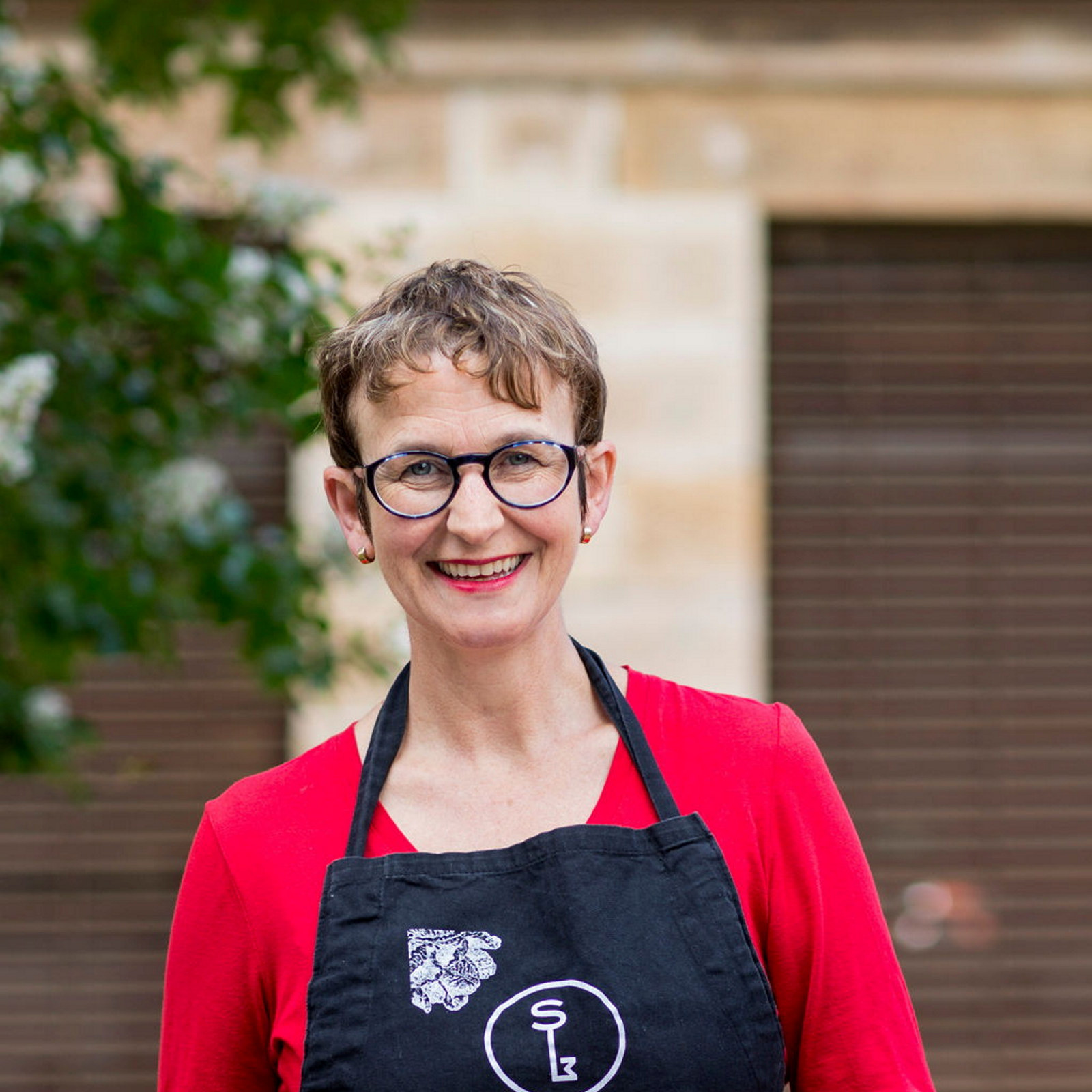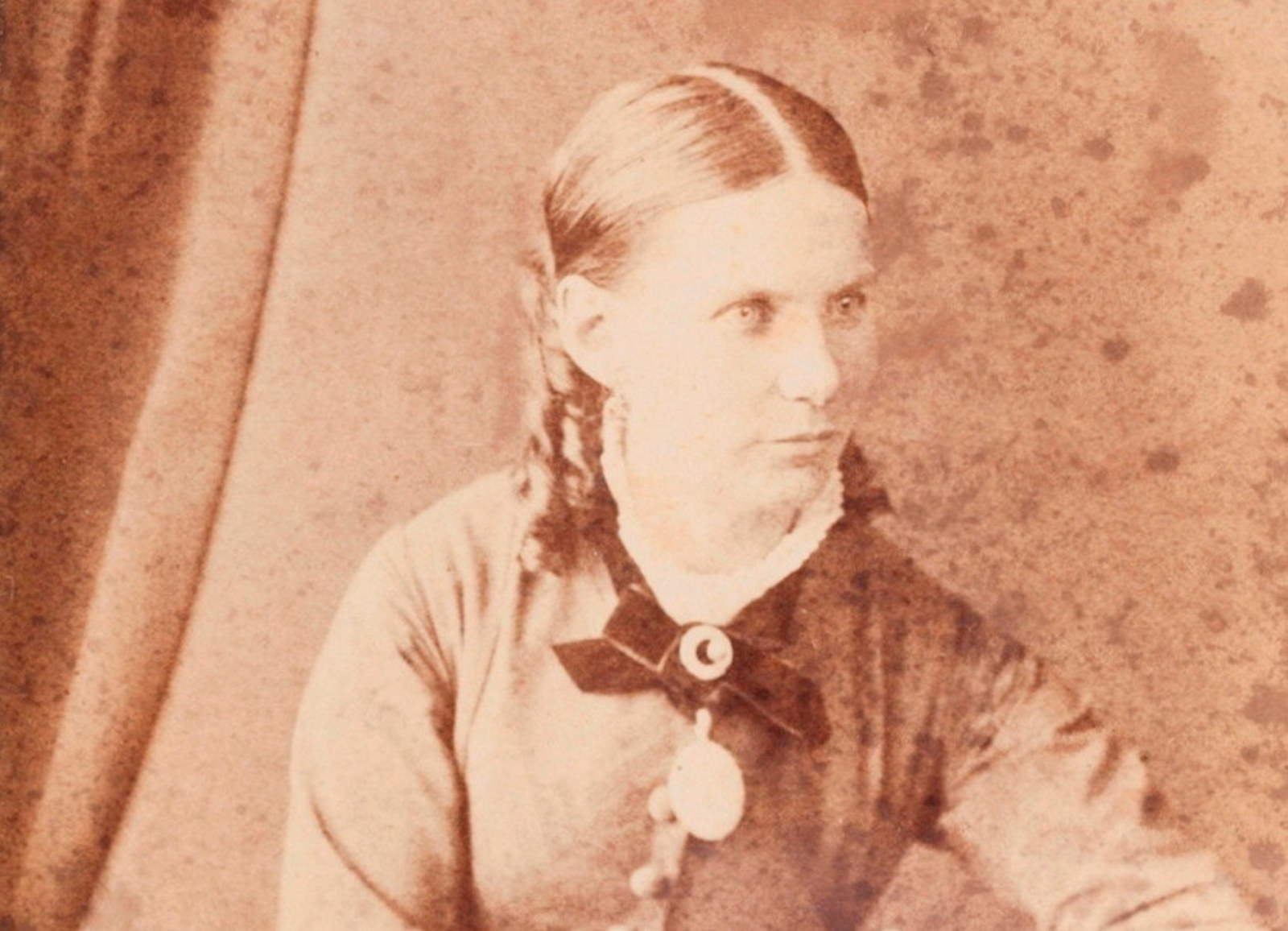Reviving an heirloom recipe
Wedged between the pages of an old family cookbook is a manuscript recipe for Meroogal Sponge. In the early 1900s the tea table at Meroogal was never thought to be complete without the family's 'signature' sponge cake, baked in a loaf tin and served perfectly plain.
Like many old recipes, this is little more than a list of ingredients, the method so well understood by good cooks that there seemed no need to give details.
According to oral histories from family members, sisters Tottie and Kate would make the cake together - Tot beating the yolks while Kate whisked the whites on a large flat dinner plate with the blade of a large dinner knife. In the current age of electric Mixmasters and Kitchenaids, this technique for whipping egg whites is now a lost art, but one well known among traditional cooks, employed well into the 20th century.
If you decide to try this method yourself as an ‘experiential history’ exercise, and you will realise how much patience is required – and energy – to hand-whip egg whites to a stiff peak without the help of electric beaters. Re-enacting these traditional processes gives a different appreciation for what is now such a simple exercise.
Watch the video to see June Wallace making the sponge cake in the Meroogal kitchen using her aunts' traditional method.
Reviving the classic sponge cake recipe
Although a ‘signature’ recipe, there are different versions of the family classic, revised possibly as each cook ‘perfected’ the cake for themselves, perhaps changing slightly to accommodate changes in technology – from fuel to gas to electric ovens for example, or even the quality of home-laid versus purchased eggs.
Another version, pictured and transcribed below, was recorded into a manuscript recipe book, and gives a bit more detail on the cooking method.
With the help of three wonderful Eat your history volunteers we have updated the recipe for modern measurements, with no obligation to hand-whisk the eggs.
Meroogal sponge
At Meroogal this cake was served perfectly plain but we chose to dust it with icing sugar, for aesthetics, or you can ice it if you prefer, or serve it with jam and cream as you might a Victoria ‘sandwich’ sponge. The cake has a fairly dense texture and, if left plain, any leftovers make a perfect base for a trifle.
Ingredients
- 6 eggs, separated
- 280g sugar
- 225g plain flour
- 1/4 teaspoon baking powder
- 2 tablespoons juice from a fresh lemon or orange
- icing sugar or frosting, optional
Method
Preheat the oven to 170ºC (150 ºC fan forced). Lightly grease a 20cm cake tin and line the base and sides with baking paper.
Whisk the egg yolks with the sugar in a large bowl until the mixture is pale and frothy.
Whisk the yolks with the sugar until pale and frothy.
Whisk the whites in a large mixing bowl until stiff peaks form.
Gently fold the whites into the yolk and sugar mix.
Sift the flour and baking powder into the egg mix, and carefully fold though with a large metal spoon, adding the lemon or orange juice 1 teaspoonful at a time.
Pour the batter into the cake tin and bake for 50–60 minutes or until lightly browned on top and nicely risen – a skewer inserted into the centre of the cake comes out clean.
Allow the cake to cool in the tin for 10–15 minutes, then turn it out onto a wire rack to cool. When cold, dust with sifted icing sugar, if using, or ice to your taste.
Published on
Related
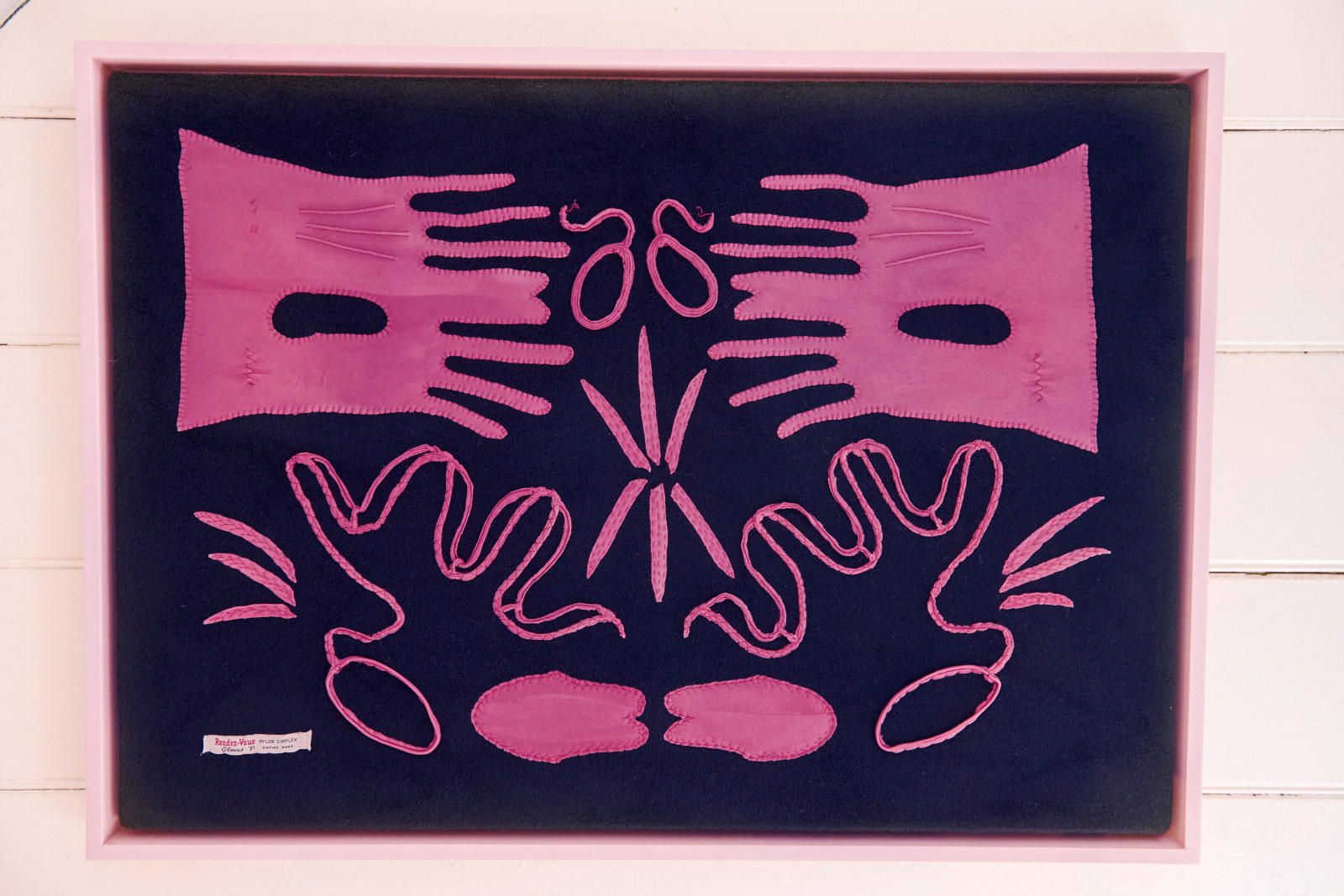
Celebrating women artists across NSW
The Meroogal Women’s Art Prize, now in its 19th year, was launched on 16 September 2022
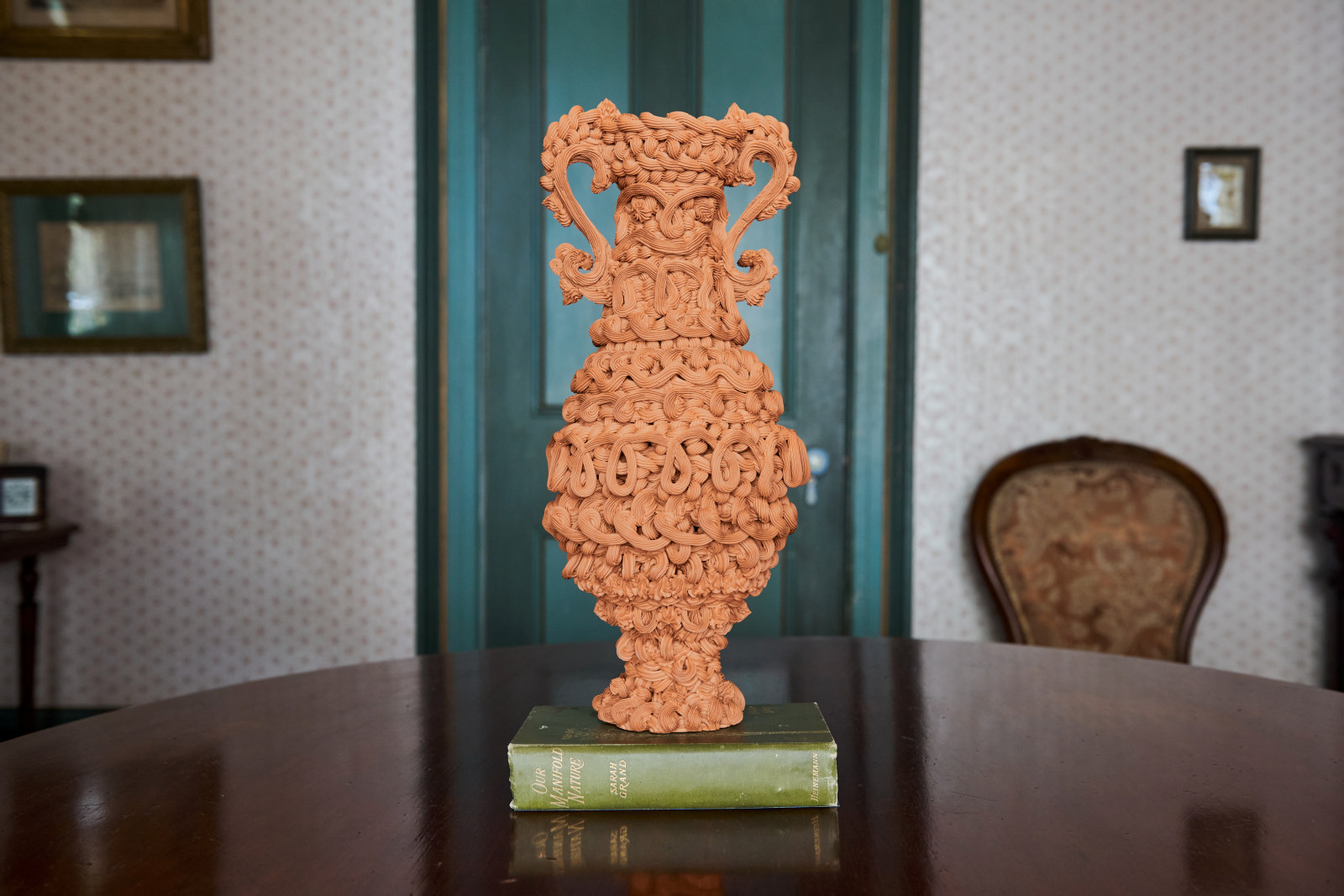
In conversation with Ebony Russell
We sat down with the winner of the Meroogal Women’s Art Prize 2022
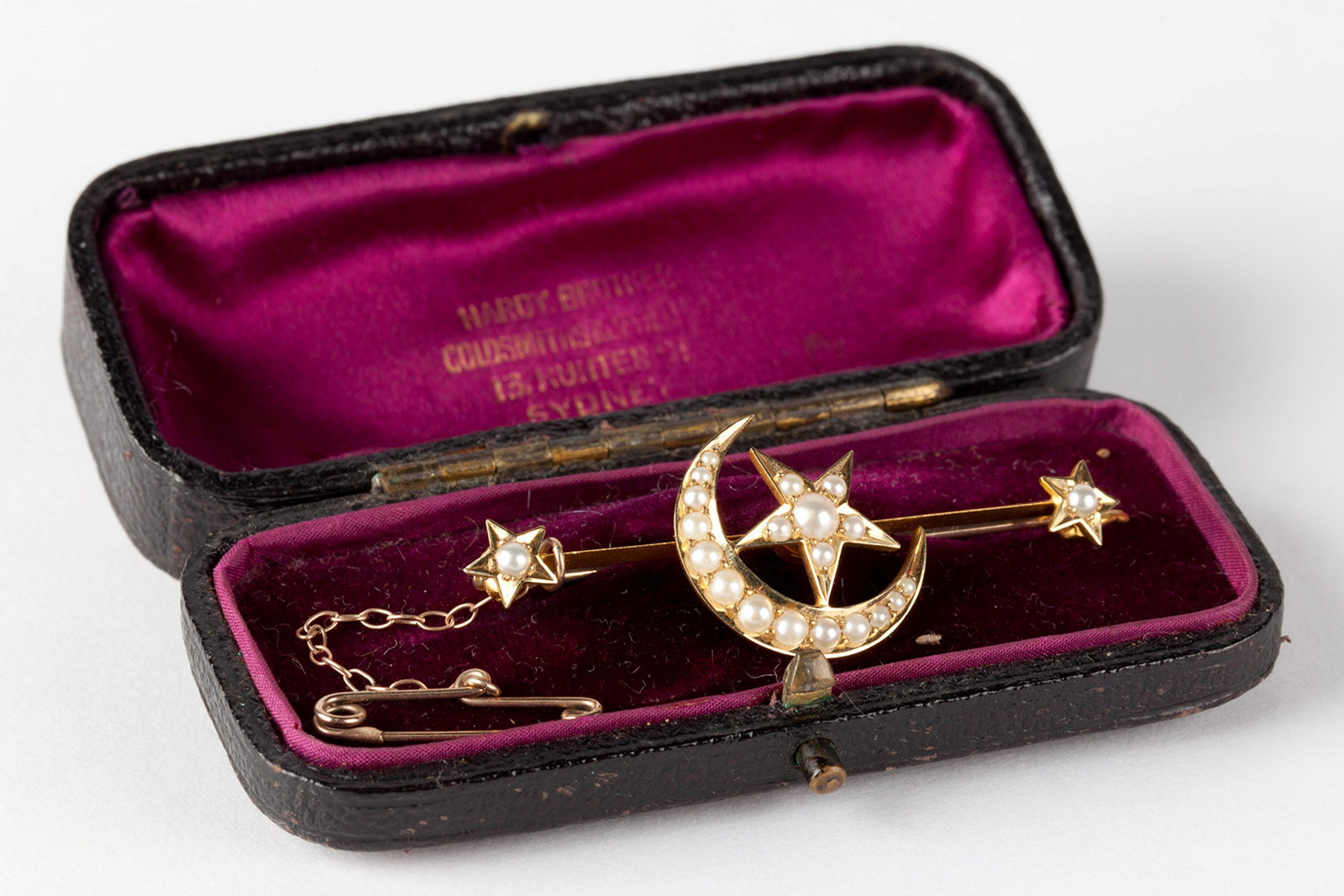
Baubles, brooches & beads
We wear jewellery as articles of dress and fashion and for sentimental reasons – as tokens of love, as symbols of mourning, as souvenirs of travel
